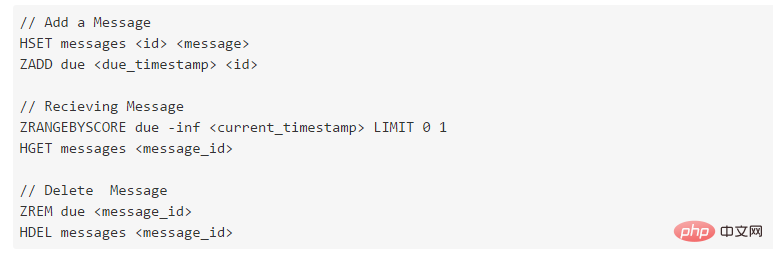Redis is a powerful in-memory storage with rich data structures, allowing it to be used in many aspects, including as a database, cache, message queue, etc.
If you have the impression that Redis is just a key-value storage, then you have missed many powerful features of Redis. Here are the 5 most common cases in actual application scenarios.
1. Full page caching
If you are using server-side content rendering and you don’t want to re-render each page for each request, you can use Redis to cache frequently requested content. Caching can greatly reduce the delay of page requests. Many frameworks already use Redis to cache pages. This is a way to staticize pages.
2. Ranking
Redis is based on memory and can handle increasing and decreasing operations very quickly and efficiently, compared to the processing method using SQL requests. , the performance improvement is huge.
Redis' ordered collection can easily implement "get the top N elements from a large list" in milliseconds, and it is very simple.
3. Session storage
This may be the most widely used point. Compared with session storage similar to memcache, Redis has cache data persistence. When the cache is restarted due to a problem, the previously cached data is still there. This is more practical and avoids user experience problems caused by the sudden disappearance of the session.
4. Queue
For example, the email sending queue and the data queue waiting to be consumed by other applications. Redis can easily and naturally create an efficient queue.

5. Publish/Subscribe
pub/sub is a very powerful feature built into Redis. For example, it can create a real-time chat system and social network Notification triggers in etc.
For more redis knowledge, please pay attention to the redis introductory tutorial column.
The above is the detailed content of 5 common redis application scenarios. For more information, please follow other related articles on the PHP Chinese website!